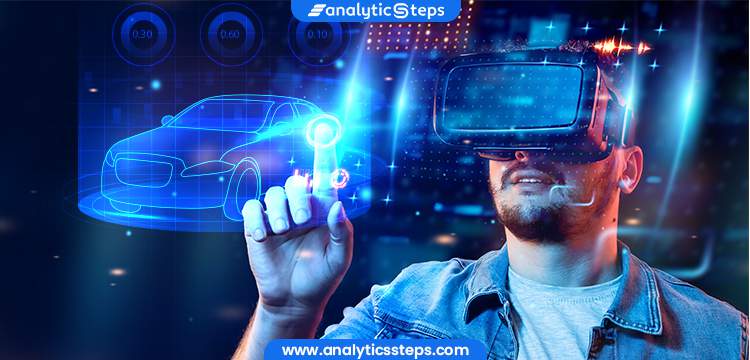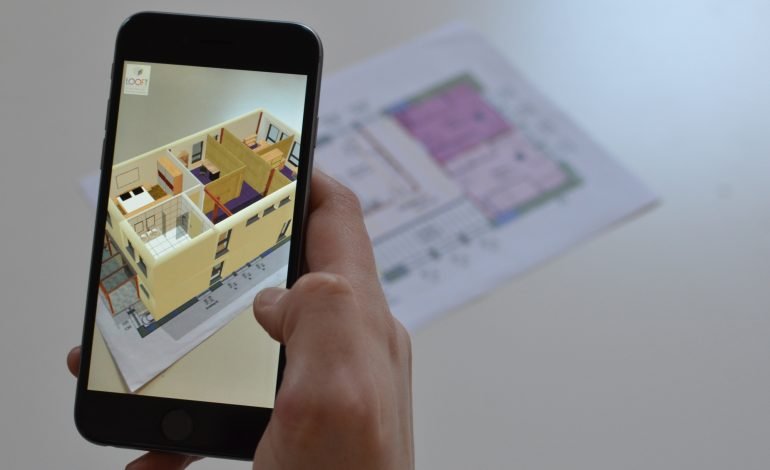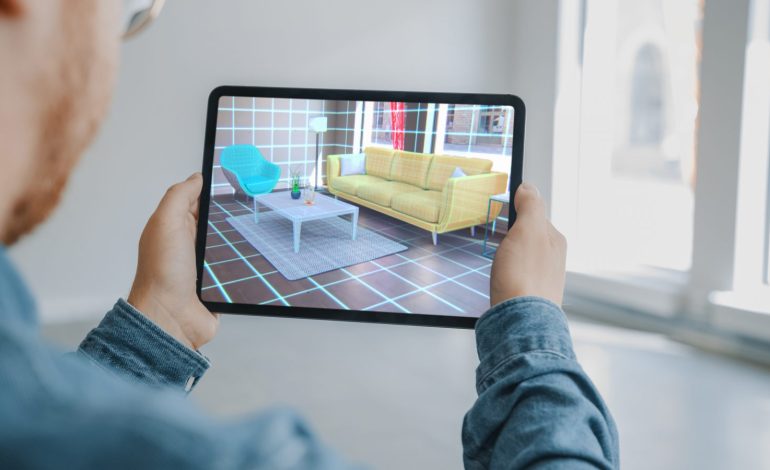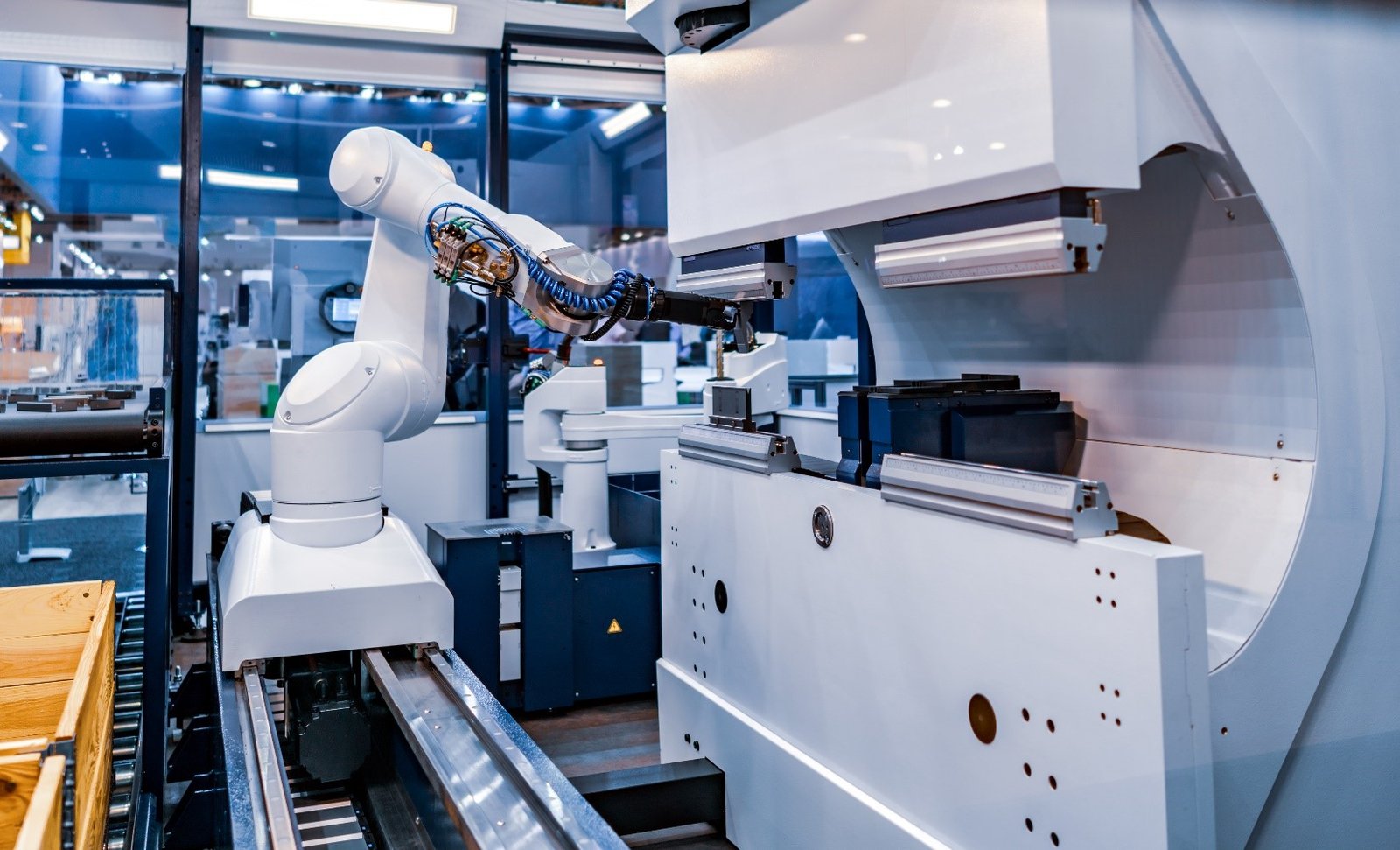How is Augmented reality reshaping automotive industry?

How is Augmented reality reshaping the automotive industry?
In this article, we will get to know Augmented Reality in the automotive. Technology has grown to be one of the essential parts of today’s lifestyle. Augmented Reality has evolved to create a unique niche in different industries. It has disrupted major industries like education, healthcare, gaming, footwear, retail, etc. Augmented Reality has been ruling in the automobile industry exceptionally well. Well, it all started from running here and there for catching those zombies four years back. Then, AR was widely used to create masks in Snapchat filters. Since then, AR is continuously expanding its usability and entering different industries with no signs of slowing down. All the industries are quickly adopting Augmented Reality seeing its immense potential to boost the growth of firms.
Market statistics of Augmented Reality in Automotive:
According to the survey “ The total Augmented Reality automotive market will grow at a Compound annual growth rate of 177 percent for the next two years, reaching $5.5 billion by 2022”.Global smart glasses shipments for use in the automotive industry will hit 1.7 million by 2022.
Market Research says “ in 2017 the automobile head-up displays market size was $760 million. It is predicted that by 2025, it will reach $11,838 million”.
Forecasts say “ the augmented reality automotive market will reach from $6.8 to $8 billion by 2025”.
How AR is helping the Automotive industry to enrich the experience?

- Experience-enhancement: AR helps drivers to have a rich experience and better assistant while driving. Using AR windshield projectors, see-through displays and wearable drivers can have better information about the environment and important notifications without getting distracted. This will help the industry to please customers with its safe driving options. Customers are always looking for such an option.
- Training and learning: Augmented Reality can be used to train employees as well as customers. Hyundai is already providing training manuals to customers. Personalized care help to increase customers satisfaction and hence help the industry to improve customer retention rate.
- Saves time and cost of design: Car manufactures can use spatial Augmented Reality to build new models by adding new elements to the existing model. This helps to cut costs on building physical models. If any changes are required it is easy to alter in an application then to do changes in real models. So, you can have a discussion and keep adjusting until you are satisfied. AR plays important role in saving time as well as cost while developing new designs.
- Real-time analytics: Augmented Reality helps to continuously monitors the real-time temperature of multiple machines used in the automobile sector. AI along with other technology can help in real-time analytics. AR helps to detect and identify problems based on machine sounds and appearances.
What will AR change for drivers?
- Improves Driver’s safety: Safety is the topmost concern when it comes to the automotive industry. Before the introduction of the AR, the driver had to look down to check GPS navigation or speed of the car. We cannot predict which second of distraction from the road would lead to emergencies. AR HUDs help to display necessary information and navigation in the driver’s field of view. This will increase the safety of drivers.
- Image source: https://www.vrfocus.com/2018/04/new-report-says-ar-is-creating-market-value-for-automotive-industry/
- The car selection medium will change: Technology has evolved to an extent that you need not figure out time from your hectic schedule to visit showrooms. You just need to install the AR app and you can go through virtual showrooms at any hour. If you live going out and selecting still Augmented Reality will help you to have a better experience at the showroom. For instance, Honda has introduced Hondalens via which instead of just viewing the car while selecting you can have a memorable experience.
- Interactive assistance: Car owners are sometimes not good with technology incorporated in cars. Suppose you want to use an air filter and you do not know, then an Augmented Reality assistant can be quite helpful and interactive. It has a manual in which step by step instructions and videos are mentioned to help you out. Manuals can be even used to know the functionalities of the car better.
Top brands using Augmented Reality in automotive:

Some of the top-notch brands are quick to embrace this disruptive technology. Automotive sectors are ready to implement AR in their firms to increase comfort, ensure safety, and for better designs. Technology helps to minimize human mistakes. Let us see the name of a few:
- BMW: BMW was among the firsts to integrate augmented reality in the automotive industry. A decade ago they introduced the Head-Up-display concept and then in 2016 introduced a widescreen display prototype using AR as well as AI. In 2017, BMW launched a virtual showroom in which potential buyers can have closer look at the 3D model of BMW cars. This took customers’ experience to a whole new level.
- Mercedes: Mercedes has launched ask-AR to help customers provide a virtual assistant. This free application can be downloaded from the Apple app store. The applications have manuals and videos to instruct car owners. Car owners can use this app to know hidden, auto, or unknown capabilities of Mercedes. In 2018 Mercedes introduced MBUX. This infotainment system uses AR and AI and helps drivers to customize what they want to see on a touchscreen placed in the field of view. But, this is limited to Mercedes BENZ A class car users. According to users review it is still now the most user-friendly system.
- Volkswagen: Volkswagen has created an Augmented Reality app named Marta for its service providers. Marta app helps technicians to assist in repairing cars. It speeds up the maintenance process. Along with Marta App, the company also uses spatial AR to analyze and evaluate design options and make better adjustments.
- Volvo: Volvo partnered with Microsoft Hololens back in 2015 to integrate Augmented Reality in manufacturing as well as marketing. AR plays a crucial role in optimizing the car assembly process.
Wrapping up:
Augmented Reality has lots of capabilities to reshape the automotive industries. Companies that have embraced the technology are using it to improve customer experience and more. It is high time to understand the importance of AR and get an edge over competitors in the market.





